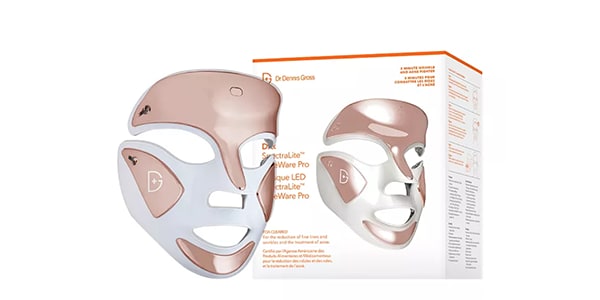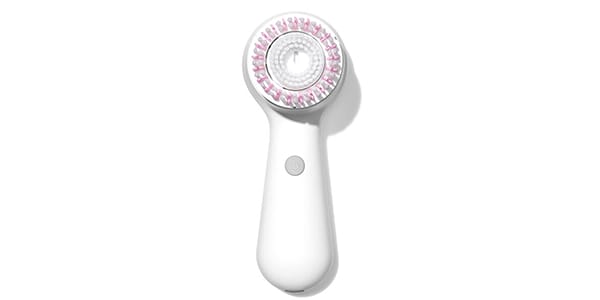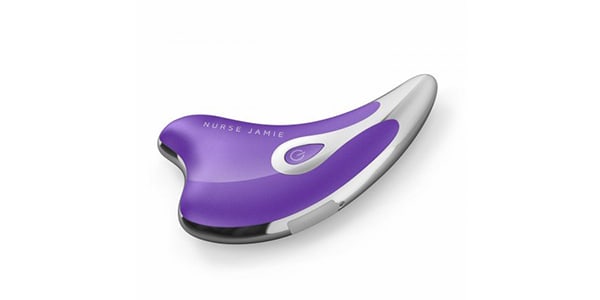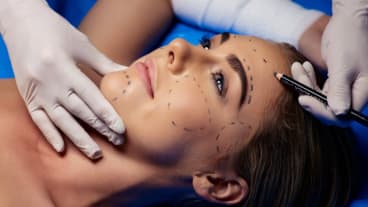 SMAS Facelift
SMAS FaceliftHow To Maintain Your Skin In Between Cosmetic Procedures
Plastic surgeons and aestheticians agree: your at-home skincare routine will make all the difference in achieving optimal cosmetic surgery results.
Whether you’re interested in having a facelift or a facial, properly maintaining your skin before, between, and after professional treatments is crucial for optimal results. While that exact regimen varies by patient and procedure, one thing remains the same – the importance of skin health. So, how should you care for your skin in-between appointments? From at-home skincare routines to over-the-counter devices, we asked the experts.
Skin Maintenance Is a Lifestyle
When you think of skin maintenance, what comes to mind? If your answer included a robust skincare regimen, you’re not alone. But there is actually much more involved in keeping your complexion in tip-top shape than an arsenal of lotions and potions. “I consider a healthy lifestyle to be ‘maintenance,’ as it can absolutely impact not only aesthetic appearance, but actual healing from procedures,” says Beverly Hills-based board certified facial plastic and reconstructive surgeon Jonathan Cabin, MD.
As such, he suggests patients follow a five-step plan that includes:
- A quality skincare regimen
- 7 to 9 hours of sleep per night
- A balanced, plant-centric diet
- Adequate hydration
- Exercise and other stress-reducing habits
But that’s not all. “It’s also important to avoid environmental aggressors like the sun and smoking,” says Christina Lombardi, lead aesthetician at Skin Cancer and Cosmetic Surgery Center of New Jersey. Taking vitamins and supplements (specifically, antioxidants like vitamin C) should be part of your routine as well.
Skin Maintenance with Topical Skincare
Once you’ve mastered your healthy lifestyle, it’s time to up your skincare game. Since we all know that navigating the skincare aisle can feel like it requires a PhD, developing a relationship with your board certified dermatologist or an aesthetician can help to ensure you are using the best products for your specific skin concerns.
“Walking into a Sephora or drugstore to shop for skincare is extremely overwhelming,” Lombardi shares. “Many of my clients start off using the wrong products and trial and error is frustrating.”
Consulting with professionals to learn about your skin type and needs before purchasing products can save you a lot of time and money — especially as it relates to pre- and post-procedure care. Using specific skincare products in the lead up to a cosmetic treatment and in the aftermath of one can set the skin up for success. The results of a rhinoplasty, for example, depend on how the skin re-drapes after being operated on. Consistently using a retinoid like Retin A before surgery can help thicken the skin and allow for optimal results.
Additionally, minimally invasive procedures may be needed in the aftermath of a more invasive cosmetic surgery for maintainance. “The best plastic surgery is conservative and subtle, so small office-based procedures play a role in preserving that,” explains board certified facial plastic and reconstructive surgeon Oren Friedman, MD, who is the director of Facial Plastic Surgery at the University of Pennsylvania.
In the case of a brow lift or blepharoplasty, regular neurotoxin injections are key, while it may be important to keep up with dermal fillers after a facelift. For best results, work with your provider to create a pre- and post-procedure skin maintenance plan for your specific needs.
Skin Maintenance with At-Home Devices
There are so many at-home devices on the market that promise to be results-driven with regular use, but the jury is still out on whether or not they are worth the price tag — or your time.
Whether they involve lymphatic stimulation, electrical currents, or exfoliation, the tools often promise to boost collagen production, improve elasticity and firmness, exfoliate, cleanse, contour, or even help skincare products penetrate more deeply. “The effectiveness of at-home devices for the long term have yet to be proven, but it’s an excellent habit to have patients as active participants in their care,” Dr. Friedman says. “This must be in conjunction with having a close relationship with their treating physician and medical aesthetician.”
While the longevity of any procedure or treatment may benefit from at-home treatments if they keep you active with your skin health regimen, don’t expect in-office results. “Many of these at-home devices are, in fact, leveraging proven medical-grade technology that’s typically used under a doctor’s supervision to try to deliver the same results to patients,” Dr. Cabin explains. “However, in most (if not all) cases, they’re delivering the technology at much lower levels, which makes it hard to prove the same benefit.”
He also cautions that you should be extra careful about using any at-home device during the acute healing process (i.e. the first four to six weeks after a cosmetic surgery procedure). Once the initial recovery period passes, be sure to speak with your provider before resuming your at-home device routine.
At-Home Skincare Devices Worth Considering
If you are interested in upgrading your at-home skincare routine with a device, tools that focus on light therapy, exfoliation, and lymphatic stimulation tend to offer the most visible results.
Light Therapy
Light therapy is a skincare treatment that uses different wavelengths of LED light energy to help regenerate your skin. Red light therapy stimulates collagen production to help with age-related concerns, while blue light destroys acne-causing bacteria for clearer skin. Unlike other devices, at-home light therapy is usually safe to practice during the acute healing process after a procedure and may benefit the healing process.

Product Pick: Dr. Dennis Gross DRx SpectraLite FaceWare Pro
The Technology: This LED device contains 100 red lights and 62 blue lights that work together to help acne, minimize fine lines and wrinkles, and even skin tone.
How to Use: After cleansing, place the device over your face like a mask; turn it on; and allow it to sit on your face for three minutes. Commit to three minutes daily over a 10-week period for optimal results. And, to further boost the effects, Lombardi recommends using the at-home device as a complement to stronger in-office light therapy treatments.
Exfoliation
Devices that aid in the removal of dead skin cells help to keep pores clean and can improve the penetration of skincare products. While they’re recommended by plastic surgeons and aestheticians alike, Lombardi says to skip exfoliating tools if you are prone to breakouts. “If you’re dealing with acne, I don’t recommend doing microdermabrasion or using a scrub or an exfoliating device because they can spread bacteria and cause more breakouts,” she explains.

Product Pick: Clarisonic Mia Prima Facial Cleansing Skincare Device The Technology: Advanced sonic technology paired with fine bristles helps to deeply cleanse the skin, minimize the appearance of pores, and boost radiance. How to Use: Wet the skin and brush head before adding a drop of your favorite cleanser. Turn the wand on and glide the brush around your face in circles. It will shut off automatically after one minute (the ideal treatment time).
Massage Therapy
“There’s fluid under the skin of your face, so a facial massage helps to draw out toxins and depuff,” Lombardi explains. She recommends first applying an oil that won’t clog your pores (like argan oil) to add slip. When using an at-home facial massage device, make sure you follow the technique of starting at the midline of your face (think: nose, center of the forehead, center of the chin, etc.) and moving out towards your hairline in upward motions.

Product Pick: Nurse Jamie Triangle Facial Beauty Tool The Technology: The triangle face massager uses sonic technology to help improve skin firmness and elasticity. How to Use: Gently press the tip of the tool on the area you’d like to massage and move it from the inside of your face out (as explained above) — focusing on the eyes, brows, lips, cheeks, jawline, and neck.
More Related Articles
Related Procedures

AI Plastic Surgeon™
powered by'Try on' aesthetic procedures and instantly visualize possible results with The AI Plastic Surgeon, our patented 3D aesthetic simulator.

